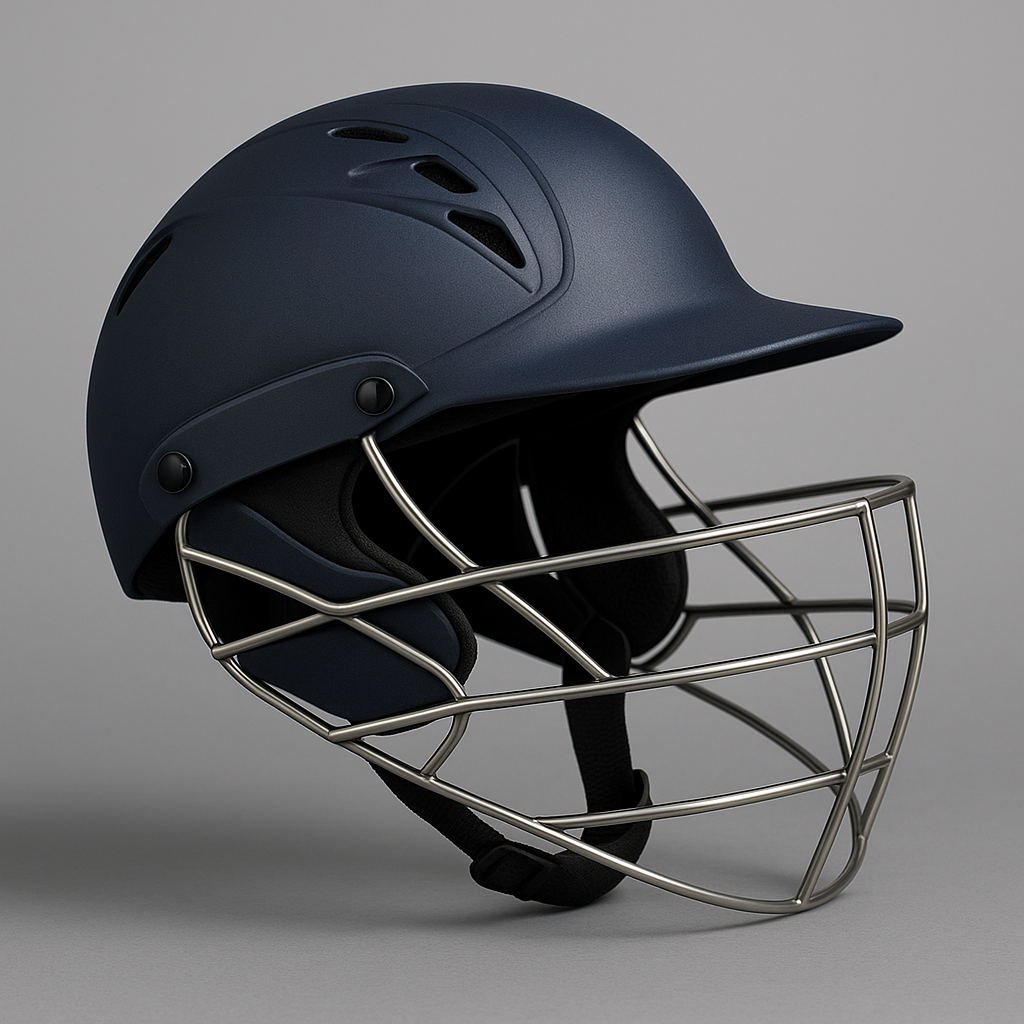In the fast-evolving world of cricket, innovation isn’t limited to bats and shoes — helmet design has also undergone a revolution. Today’s cricketers are no longer satisfied with just protection; they want speed, comfort, and airflow. That’s where lightweight, aerodynamic helmets are changing the game — especially for players in the U.S. who demand both performance and style.
From Heavy Shields to Sleek Protection
Not too long ago, cricket helmets were bulky and rigid, offering solid protection but little in the way of comfort or mobility. Players often complained of neck strain and restricted movement — not ideal when facing 90 mph deliveries.
Enter the new generation of lightweight, aerodynamic helmets. Using advanced materials like carbon fiber, high-impact polymer composites, and titanium grills, these helmets maintain elite protection while drastically reducing weight. The result? A helmet that feels as agile as it is secure.
Aerodynamics: Designed for Speed and Comfort
Aerodynamics isn’t just for race cars and cycling gear anymore — it’s a growing focus in cricket gear engineering. The latest helmet designs use streamlined shells and airflow channels that reduce drag and improve ventilation.
Key aerodynamic benefits include:
-
Reduced air resistance: Helps players stay balanced while running or adjusting head position.
-
Improved cooling: Air vents channel heat away, keeping players comfortable in long innings.
-
Enhanced visibility: Sleeker shapes often mean better grill alignment and broader field vision.
This is especially beneficial for U.S.-based cricketers who often play in warmer climates where proper ventilation makes a noticeable difference.
The Science Behind Lightweight Materials
Modern helmet technology combines high-density foam padding with energy-diffusing outer shells. These helmets meet or exceed international safety standards while cutting up to 25–30% of the weight compared to traditional models.
Brands are now competing to create the ultimate combination of:
-
Strength: To withstand ball impacts up to 90 mph.
-
Flexibility: To fit various head shapes comfortably.
-
Lightweight balance: For better posture and freedom of movement.
Why It Matters for Cricketers
Lighter, aerodynamic helmets aren’t just a luxury — they can impact performance and safety in measurable ways:
-
Longer focus periods due to reduced fatigue.
-
Faster reflexes since there’s less strain on the neck and shoulders.
-
Greater confidence at the crease, knowing protection doesn’t come at the cost of comfort.
For U.S. players, where cricket is rapidly gaining traction, investing in such advanced gear ensures you stay ahead — literally and figuratively.
The Future of Helmet Design
Looking ahead, expect to see smart helmets that integrate sensors for impact detection, temperature control systems, and customizable ventilation. As cricket becomes more data-driven, so too will the equipment that keeps players safe and sharp.
Final Thoughts
The rise of lightweight, aerodynamic helmets marks a turning point in cricket safety and performance. No longer heavy and cumbersome, today’s helmets are engineered for movement, built for comfort, and designed for champions.
Whether you’re batting under the Texas sun or training indoors in New York, the next generation of helmets is redefining what it means to play fearless cricket.
